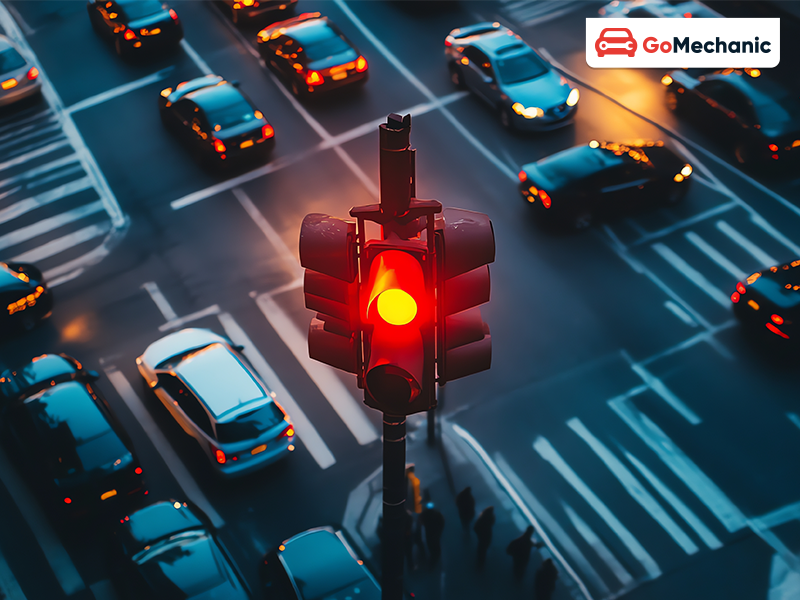With self driving cars at the very core, it will be a different automotive world in the future. Powered by advanced autopilot technology and self driving technology, the promise of autonomous vehicles can bring a future with safer, more efficient, and no human error commutes. As these driverless cars become an integral part of our roads, the question in everyone’s mind, really, is “Will self driving vehicles learn to break laws like humans?”
The answer lies in how self driving cars work and what guiding principles are behind their design. Human driven vehicles bend or break a few of the traffic rules occasionally. An autonomous vehicle is designed to follow traffic laws quite strictly. This forms one of the basic tenets of its design and functioning toward ensuring safety and adherence to road rules.
Self driving vehicles like a Tesla use a mix of sensors, cameras, and advanced algorithms to traverse roads with the help of self driving technology to make safe choices. This enables them to properly adhere to traffic signals. They come to a halt at stop signs and comply with speed limits. The main goal of autonomous vehicles is to reduce accidents resulting from human mistakes like distracted driving and impaired judgment. These driverless vehicles are specifically designed to operate within a legal and ethical framework by closely following traffic laws.
Need for Breaking Laws

One could question if autonomous vehicles can be designed to violate traffic regulations in specific situations, just like some human drivers do. For example, think about scenarios in which breaking a traffic regulation could potentially avoid a collision or help traffic move more efficiently. Although autonomous vehicles like Teslas could be programmed to manage such situations, in theory, it would come with substantial risks and complications.
The goal of self-driving technology is to offer a consistent driving experience. Adding variables to account for potential law breaking driverless vehicles could make the programming more complex and possibly reduce the system’s dependability. The main worry is that permitting exemptions may result in unforeseeable actions from these self driving cars, going against the core values of ease of use and safety that self driving technology aims to maintain.
Legal Problems
Additionally, the profound legal and ethical consequences of autonomous vehicles violating traffic laws are significant. Traffic regulations exist to maintain order and safety on the streets, and not following them can result in unforeseen outcomes. If self driving cars were to disregard certain laws, it would create confusion for human drivers who expect everyone to follow the same rules.
Legally, it would present a complicated issue to program self driving cars to violate traffic laws. Laws for autonomous vehicles are still developing, and there are no definite rules for dealing with these exceptions. Permitting autonomous vehicles to ignore traffic regulations may result in legal conflicts, regulatory hurdles, and a possible decline in confidence in driverless technology.

It is also pertinent to note that self driving technology is continuing to be developed. There are constant efforts from engineers and developers to refine the algorithms controlling these vehicles for better accuracy and safety. As the autopilot technology advances, even more refined sets of decision making processes will be introduced to tackle unique situations. However, this progress will be made in order to draw more rules respecting behaviour from this autopilot technology, not breaking them.
Conclusion
To sum up, although driverless cars are programmed to adhere to traffic laws and safety rules, the concept of them being able to learn to ignore these laws, similar to humans, is unlikely to happen. The fundamental beliefs that steer autonomous vehicle technology prioritise following traffic rules closely to guarantee consistent and secure driving encounters. Not following these rules could pose significant legal and ethical risks and unforeseen challenges.
As self driving technology evolves, the main focus will be on improving the algorithms and systems that guarantee the safety and compliance of these vehicles with traffic regulations. The objective is to improve both road safety and efficiency without compromising the trust in the autopilot technology. In this situation, it is improbable that autonomous vehicles will learn to violate traffic laws, as the main focus will always be on following rules and ensuring safety.





